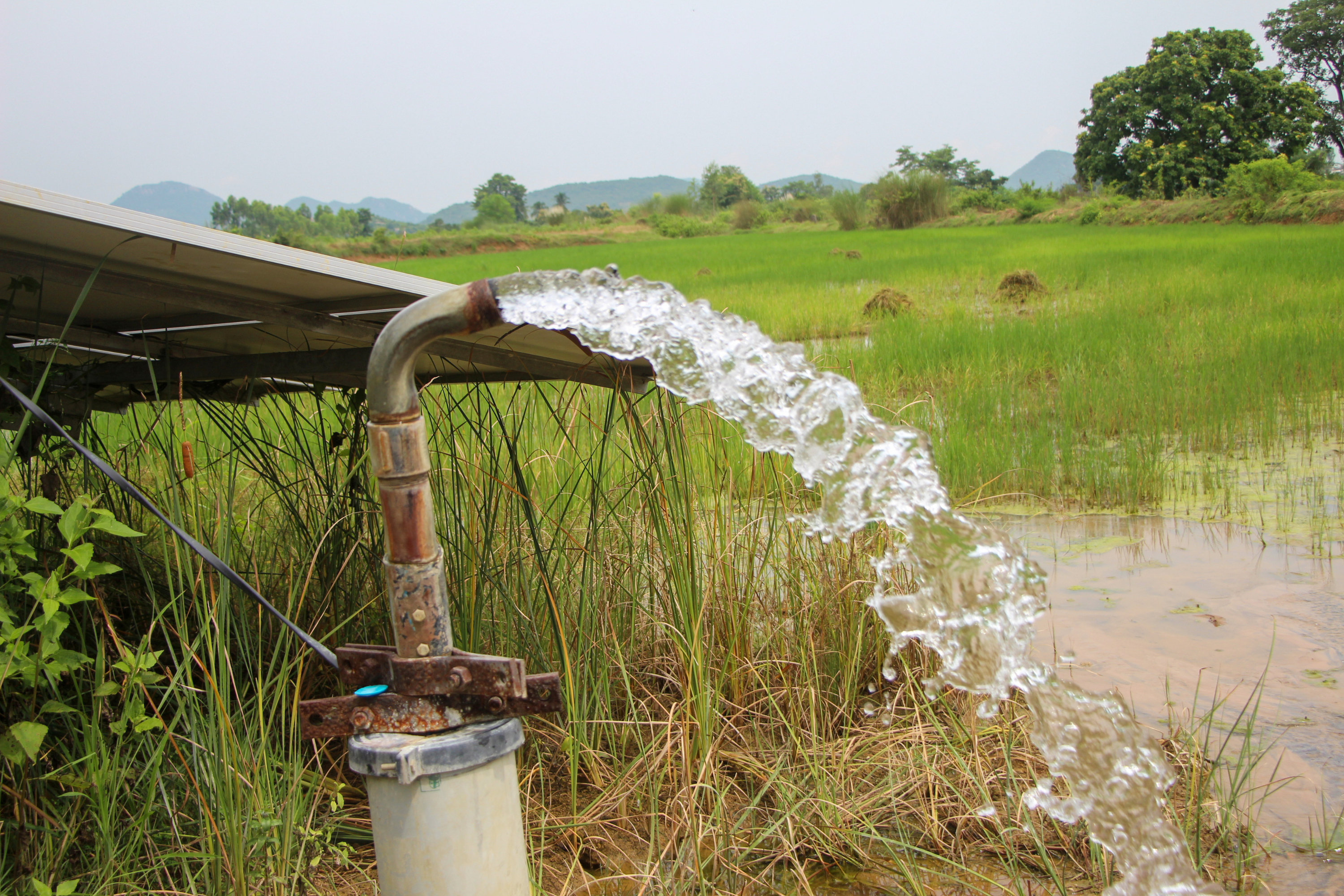
Tube Wells: Going Deep for Dependable Water on Your Homestead
If you’re farming in a dry climate or managing a larger homestead, a tube well might be your go-to for steady, high-volume water access. These deep, narrow wells are especially common in places where the groundwater table is deep, and large amounts of water are needed for irrigation.
Tube wells might sound a little technical, but they’re a practical solution for growing food when surface water isn’t available—and they can work for homesteaders, too.
How It Works
A tube well is a narrow, deep well drilled into the ground and lined with a steel or PVC pipe (the "tube"). A powerful submersible or centrifugal pump is installed to draw water from the aquifer below and deliver it to the surface. Water can then be routed into irrigation pipes, sprinklers, or even drip systems.
Unlike traditional dug wells, tube wells are often used for high-yield irrigation across larger plots of land.
Pros
-
Reliable water supply: Once installed, tube wells can pump water consistently year-round.
-
Supports large-scale irrigation: Great for watering several acres of crops.
-
Long lifespan: Properly maintained tube wells can last for decades.
Cons
-
High cost: Drilling a deep tube well and installing a pump system isn’t cheap.
-
Needs electricity or fuel: Pumps require consistent power.
-
Regulations vary: Over-pumping can lead to legal or environmental issues.
Best For
-
Larger homesteads or farms in groundwater-rich regions
-
Flat or gently sloped land
-
Areas with deep water tables where surface water is scarce
Equipment Needed & Water Rights
Equipment Needed:
-
Drilled tube well with casing (typically PVC or metal)
-
Submersible or centrifugal pump
-
Power source (electric grid, generator, or solar)
-
Storage tank or direct connection to an irrigation system
-
Control switches, pressure gauges, and backflow prevention devices
Water Rights:
Groundwater use is regulated in many states—especially for high-capacity wells like tube wells.
-
Check with your state water resources agency before drilling
-
Apply for a permit if required (some areas limit depth or flow rate)
-
Document your usage in case of future restrictions
-
Work with a licensed well driller who understands local laws and aquifer depth
Failing to follow regulations can result in fines—or worse, being ordered to shut down your well.
Homesteader Tips
-
Install a flow meter to monitor your usage and stay within legal limits
-
Use smart irrigation timers to avoid overwatering and save energy
-
Protect your investment by testing water quality and maintaining your pump annually
-
Start with a professional assessment to avoid drilling in a dry spot
Tube wells may take some effort and investment up front, but they offer long-term water security for homesteaders serious about growing crops—or scaling up from a backyard garden to a small farm.
Up next: Irrigation with Canals and Ditches: A Classic Method for Supplying Water to Your Crops
Share


